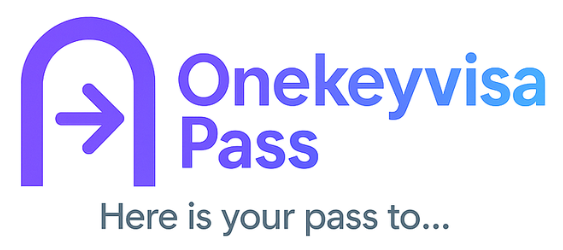Frequently asked questions

Frequently asked questions
The outcome of visa applications are never guaranteed, and in fact, it is illegal to guarantee the outcome of a visa application because teh only person who can issue or deny your visa application is teh visa officer. This is precisely why we offer interview mockup services so that you can learn and understand the expectations ahead of your visa interview
You can apply for a visa as many times as necessary. However, it's important to address any reasons for previous denials in your new application. Each application is evaluated independently, so ensure your information is accurate and complete for the best chance of approval.
If your visa is denied, you are generally required to fill out a new DS-160 form for any subsequent visa application. Each application is considered a new process and updated information or any changes in your circumstances since the last application should be reflected in the new DS-160 form.
You will receive two comprehensive mock interview sessions with a former visa officer. The initial session focuses on exploring your unique situation and providing initial feedback along with strategies. The subsequent session simulates the actual visa interview environment to fully prepare you, concluding with further feedback to enhance your readiness.
A visa allows you to travel to the U.S. and seek entry, while your status is the legal classification you are given when you are admitted at the border or adjust your status while in the U.S. Your status dictates how long you can stay and what activities you can engage in.
Begin by determining the appropriate visa type based on your purpose of travel. Complete the relevant application form (usually the DS-160), pay the application fee, schedule and attend a visa interview at a U.S. embassy or consulate, and provide the required documents and evidence during your interview.
You cannot renew a U.S. visa while in the U.S. Visas must be renewed through the U.S. embassies or consulates abroad. However, you may be able to extend your stay or change your status while remaining in the U.S. by applying through USCIS.
If your visa application is denied, you will receive an explanation for the denial from the consular officer, and you can reapply again. However, understanding why your visa was rejected and working to address the reasons is key.
The maximum allowable stay on a tourist visa (B-2) is typically six months, as determined by the CBP officer at the port of entry. This period may be shorter or extended through a formal request for an extension of stay with USCIS.
You typically need to provide your passport, visa application confirmation page, application fee payment receipt, photos, and any supporting documents that verify your purpose of travel, such as financial statements, invitation letters, and travel itinerary.
No, you are not permitted to work on a tourist visa (B-2). If you wish to work in the U.S., you need to apply for a work visa, such as an H-1B for specialty occupations.
You can check the status of your visa application by visiting the website of the U.S. embassy or consulate where you applied, or through the Visa Status Check on the U.S. Department of State’s website.
To qualify for an F-1 student visa, you must be accepted into an accredited educational institution in the United States. You must also demonstrate sufficient financial support to cover tuition and living expenses during your stay. Additionally, you must prove that you have strong ties to your home country, which indicate you will return after your studies are completed. You will need to provide evidence such as school records, test scores, and a valid passport at your visa interview.
Yes, students on F-1 visas are allowed to work under specific conditions. On-campus employment is permitted without additional authorization, but you are limited to 20 hours per week while school is in session. Off-campus employment is allowed through options like Optional Practical Training (OPT) and Curricular Practical Training (CPT), but only after you have been studying for at least one academic year and with authorization from U.S. Citizenship and Immigration Services (USCIS).

Ask a Question.
You probably have Questions, send us a message and we will be happy to help you
